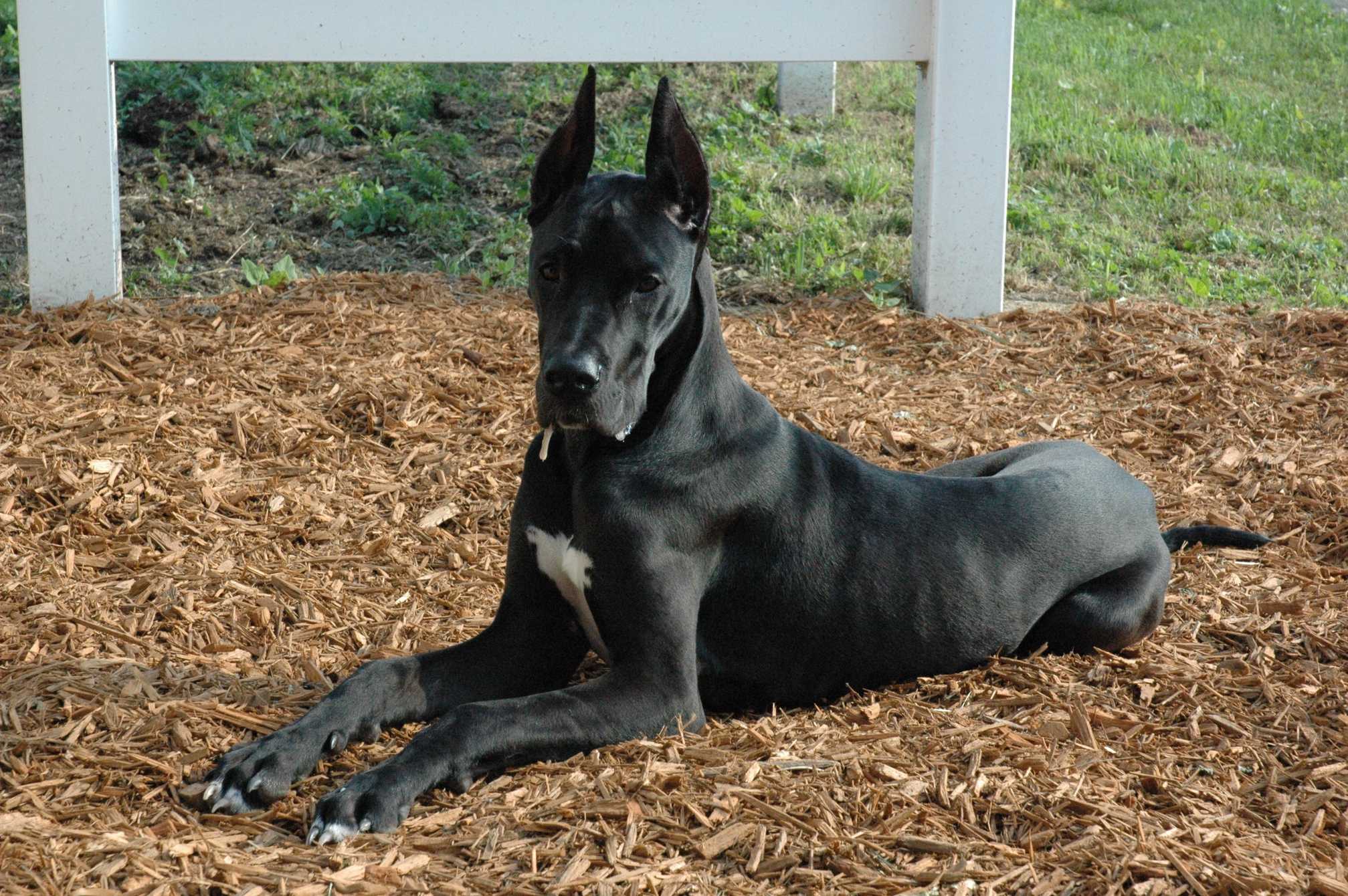The notion that “small things are often considered cute” resonates, particularly in the world of dogs, where a smaller size often comes with the advantage of a longer life. Research sheds light on this intriguing phenomenon, offering insights into our role in shaping it.
In the animal kingdom, dogs defy the general trend. Here, unlike in most cases, larger species generally enjoy longer lifespans. For instance, elephants live around 70 years, while gray mice have an average lifespan of just 2 years.
The revelations presented in the American Naturalist report unveil a significant lesson. The tendency for larger dogs to have shorter lives than their smaller counterparts is largely a result of human influence. Our preference for larger breeds has set in motion a pattern of selective breeding, leading to repeated litters that make these dogs more susceptible to various serious health issues. This poignant discovery highlights the complex interaction between human preferences and breeding practices and the consequent impact on the lifespans of our beloved canine companions.
The increase in cancer occurrences observed in larger dogs is believed to have its roots in a delay within their intrinsic defense systems. According to Jack da Silva, a co-author of the study and an evolutionary geneticist at the University of Adelaide, this insight reveals that the majority of the 400 recognized breeds today were established a mere two centuries ago.
Within this relatively condensed timeframe, larger breeds have grappled with a limited period to evolve and develop sufficient defense mechanisms that align with their size. This temporal limitation provides a thought-provoking perspective on the vulnerability of larger dogs to cancer, highlighting the intricate interplay between breed development, genetic evolution, and health susceptibilities.
Reproduction and Natural Defenses
This study seamlessly aligns with the theory of “disposable soma,” a concept proposing that animals allocate their energy towards early reproduction to ensure their offspring’s survival rather than prioritizing defense and cellular repair mechanisms.
As a result, species with reduced offspring production or delayed reproduction tend to possess stronger defenses against cancer cells, as seen in examples like the naked mole rat. Jack da Silva reinforces this idea, affirming that many organisms prioritize rapid reproduction, often at the expense of their own well-being. In the case of dogs, frequent and early litters soon after maturity limit the timeframe for natural defense development.
The researchers examined causes of mortality and lifespan patterns across 164 canine breeds of varying sizes. The findings revealed a distinct trend: larger breeds faced a higher risk of succumbing to cancer at an early stage. It’s important to note, as da Silva explains, that larger dogs don’t necessarily age more rapidly than their smaller counterparts. However, the study confirmed a clear correlation between increased weight and an elevated susceptibility to serious ailments. For instance, while the Chihuahua enjoys a lifespan of 15 to 17 years, the Great Dane’s longevity spans a more modest 8 to 10 years.
Envisioning an evolving trajectory, the geneticist anticipates a shift in breeder priorities. He foresees a landscape where the emphasis is increasingly placed on canine well-being, resulting in smaller and less frequent litters. Such a change in breeding practices could potentially pave the way for extended lifespans among our larger canine companions, charting a course towards a healthier and more robust future for them.
References
- Featured Image: Flickr – Melissa.
- Dog Life Spans and the Evolution of Aging, The American Society of Naturalists.
